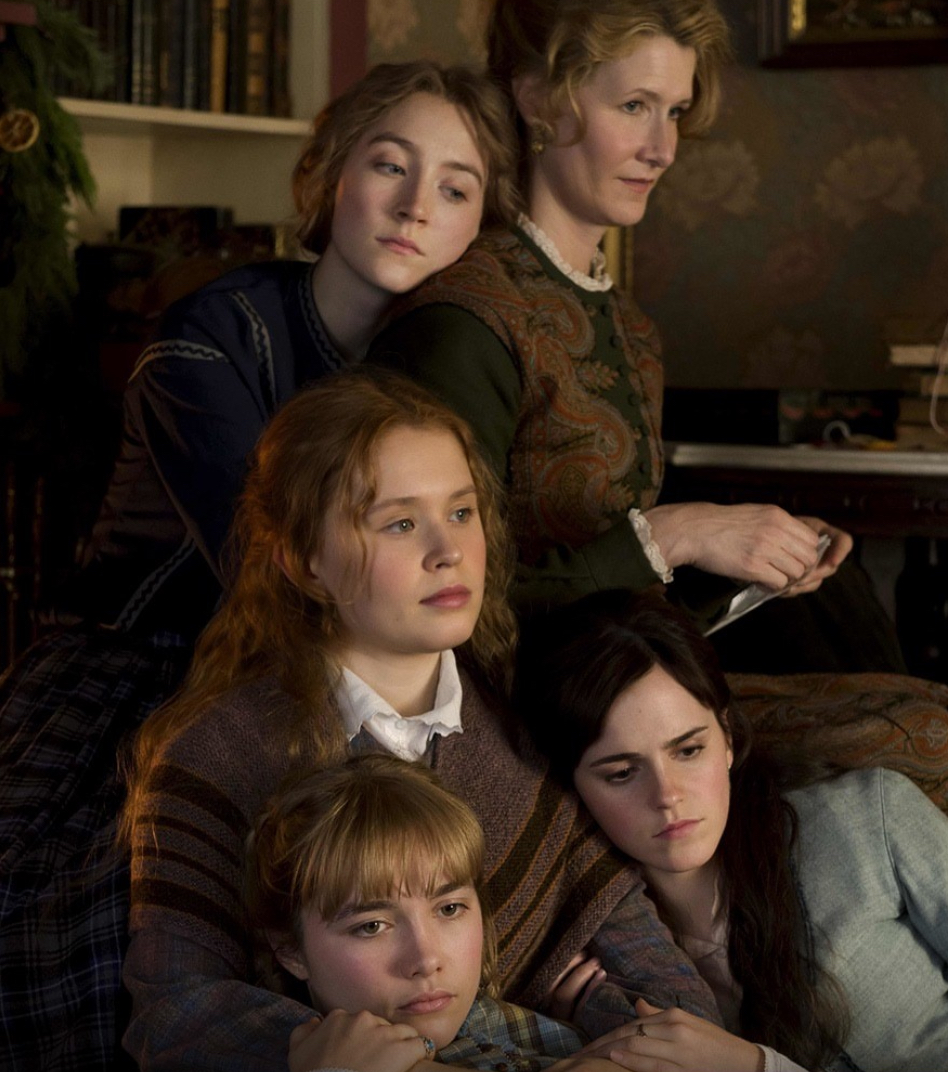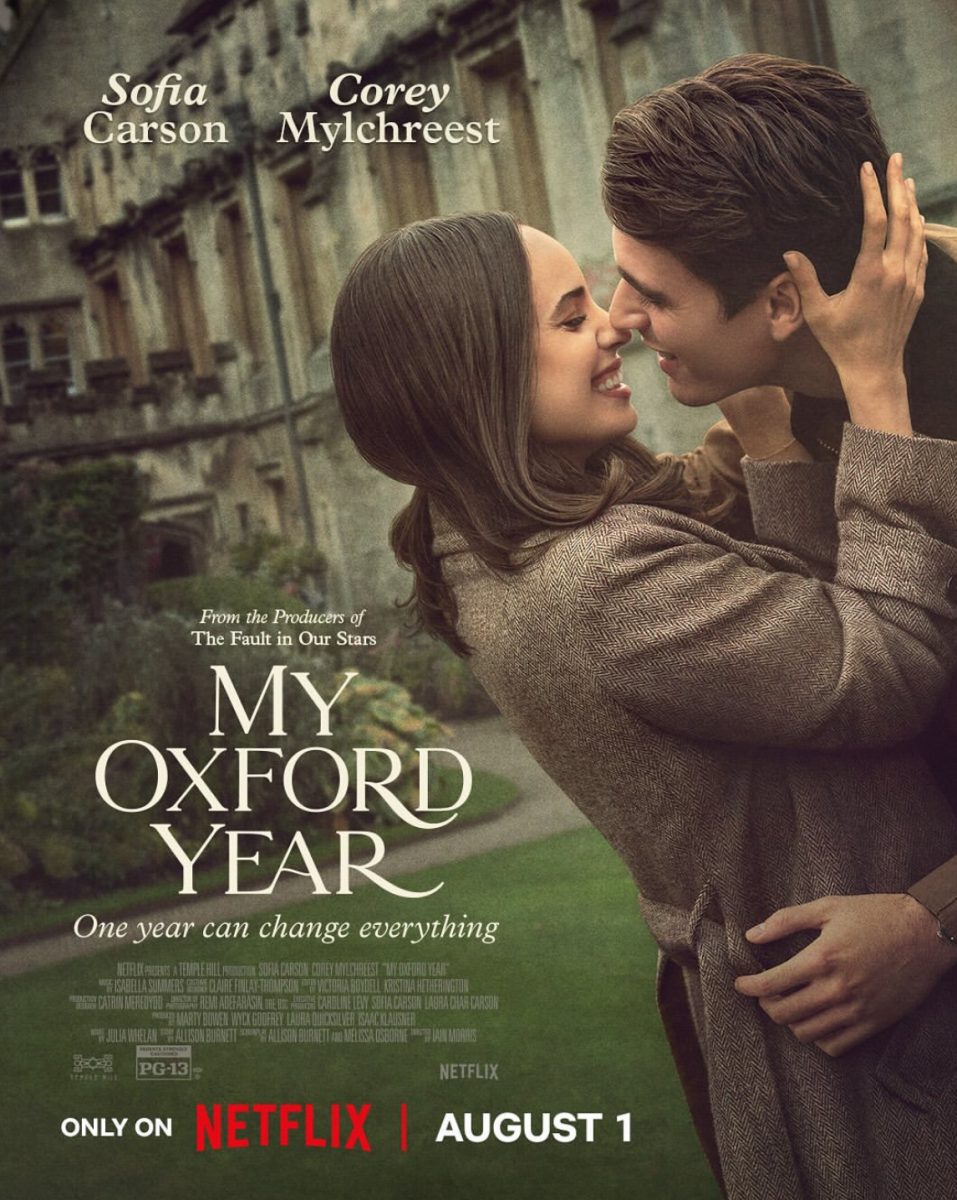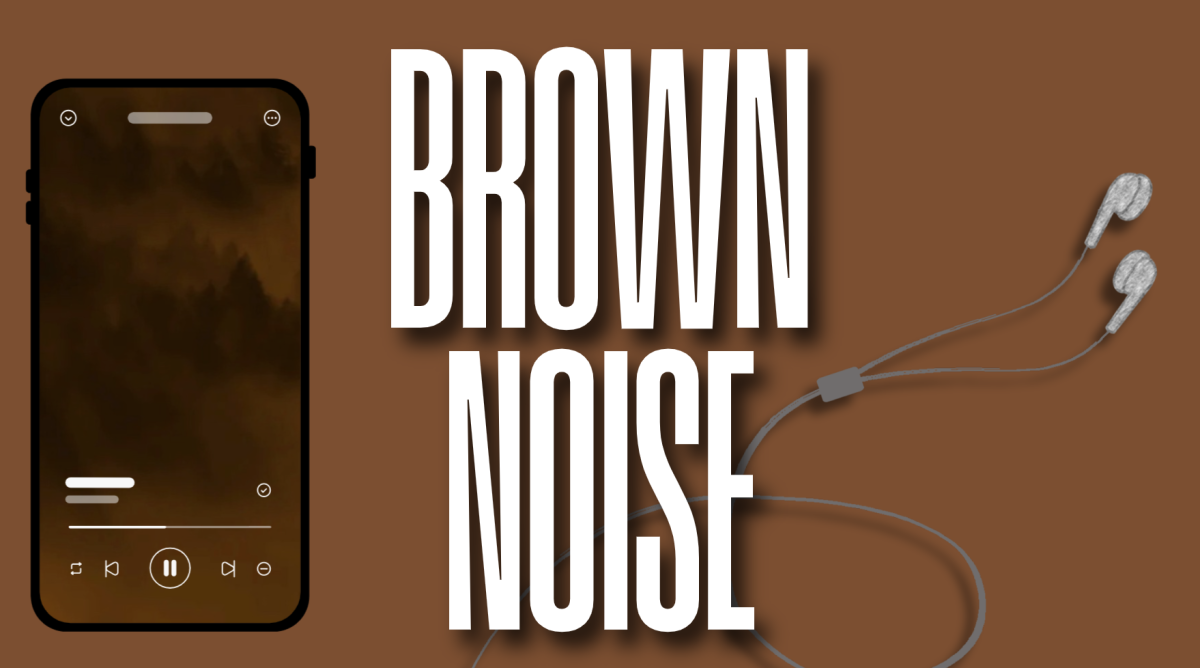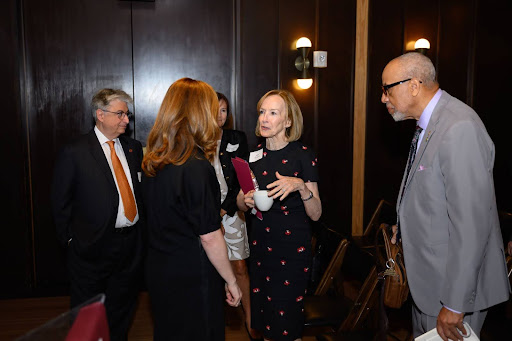Junior Studies Depiction of Women in Cable News
During the summer, Dana Kenneally, FCRH ’24, independently authored a research article titled “Gender, Politics, and Cable News: FOX News, MSNBC, and their Depiction of Women in Political Office Entering the 2022 Midterm Election.”
Kenneally spent three weeks watching 40 episodes of cable news about the 2022 midterm elections to gather data about sexism towards women in politics on cable news. 20 of the episodes were from FOX News, which leans conservative and 20 were from MSNBC which leans liberal.
From these episodes, Kenneally identified 68 different frames that were deemed sexist because they fell under specific categories that she created before watching the episodes. She only marked a comment as sexist if it fit within the categories of aesthetics, mannerisms, personality and lifestyle. “I wanted to make sure that the categories were broad enough so that I could draw a proper conclusion,” said Kenneally.
For example, a comment about a female political candidate’s clothing would fall under the aesthetics category, and a comment about her tone of voice or volume would fall under mannerisms. An overwhelming number of the comments that qualified under Kenneally’s criteria insulted womens’ leadership abilities.
“Comments about the way that one woman looks cannot be applied to all women because every single person looks different. Talking about the way that women are not effective at military tactics or international relations can be applied to all women. I argue in my paper that this is really dangerous, potentially more dangerous than being sexist in an aesthetical way.”
Kenneally delves deeper into this topic in the first of three sections in her article and comes to the conclusion that the stereotypes commonly attributed to female candidates focus on tactical leadership abilities. In the other two sections of her article, Kenneally explores the differences in sexism on FOX News and on MSNBC.
For each network, Kenneally watched four episodes from each of the five highest rated hosts on the network. “What I found was that out of those 20 episodes for MSNBC, there were nine episodes that women were never mentioned in politics. Whether they were running for political office or whether they were in political office, they were never mentioned in a positive or negative way.
They just didn’t exist. That was extremely shocking and really interesting,” said Kenneally.
FOX News produced opposite results. Across the 40 cable network episodes Kenneally watched, 32 misogynistic comments were made on MSNBC and 142 were made on FOX News.
One comment on FOX News that Kenneally looks at in her article is from Tucker Carlson speaking about Elizabeth Warren. “If we’re going to get lectured all the time, can we at least be lectured by someone with an IQ over 100 with some kind of track record of doing something useful over the course of her entire 70 years on the planet? Just for once, can we get an impressive person to shout at us? No, we can’t,” said Carlson.
“FOX mentioned women in every single episode, but their comments were a lot more severe,” said Kenneally. “In one section of my research I talk about how FOX News’ language is so much more damaging than MSNBC’s is. It’s very upfront and striking.”
According to Kenneally, the reason for the difference between the two networks is that “MSNBC really pays attention to the way that language is used. Fox News just allows their hosts to speak, and they end up saying pretty vile things.”
Kenneally said that she got the idea to start this research because of her “nana.” “I come from a family that has a very different political affiliation than myself. I also come from a family that watches a lot of news. Hearing the way my family responded to the news, I was really interested to understand if the way that my family talked about female candidates specifically was because of what they believed about the female candidates or if it was because of what they were told by cable news, which was their primary source of understanding political news.”
Kenneally sent her article to publishers. Her goal is to have it published by May 2023. While her research covers the 2022 midterm elections, she says that her article will still be relevant after the elections are over.
“I want my audience to understand that women are being actively and systematically dragged down in the cable news system, and it could potentially have major repercussions in the election cycles,” said Kenneally.













































































































































































































